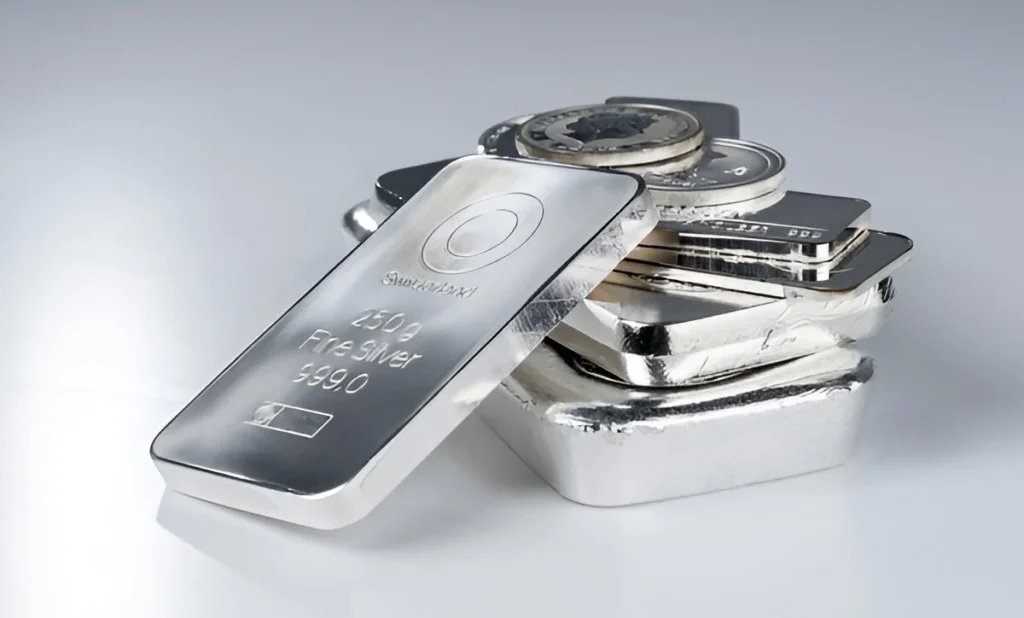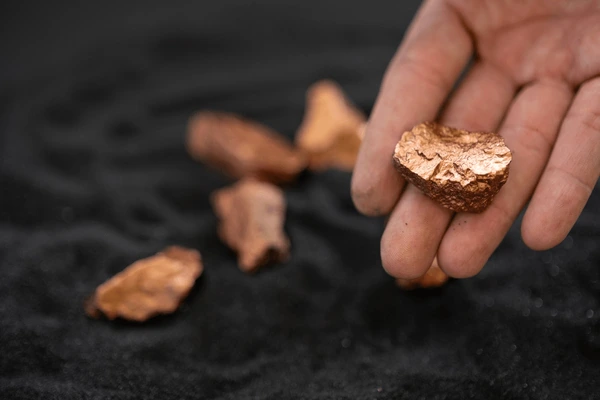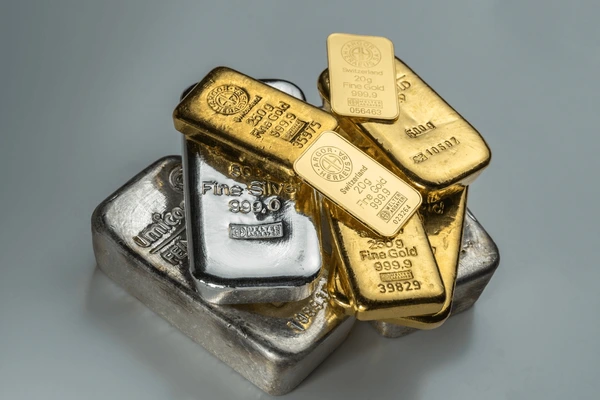Sayanava Sinha Roy
23.09.2025
How to test silver purity with simple methods
Learn how to test silver purity with simple methods, from at-home checks to professional techniques, and understand why experts and professional silver buyer emphasize accuracy.
Silver has long been valued for its elegance, investment potential, and practical use in ornaments, coins, and utensils. But with the rising prevalence of counterfeit or adulterated silver in the market, knowing how to test silver purity at home or through trusted methods has become essential.
Table of Contents
Pure silver, often referred to as fine silver, is soft and malleable, which is why it is usually alloyed with other metals for durability. Unfortunately, this opens doors for dishonest practices where silver is mixed with cheaper metals, compromising its quality. By understanding how to test silver purity, individuals can safeguard their investments and ensure authenticity.

Common Indicators of Pure Silver
Before moving into practical methods, there are a few visible and tangible signs that may indicate purity:
- Markings or Hallmarks: Authentic silver often carries hallmarks such as “925” or “Sterling.”
- Color and Shine: Genuine silver has a soft white shine, unlike the bright, mirror-like surface of chrome-plated items.
- Tarnish: Real silver oxidizes over time, forming a blackish patina that can be polished away.
- Weight: Silver has a distinct heaviness compared to lightweight counterfeits.
While these indicators help, they aren’t foolproof. For accuracy, you need reliable testing techniques.
Simple Methods to Test Silver Purity
1. The Magnet Test
Silver is not magnetic. Hold a strong magnet close to your silver item—if it sticks, the piece is not pure silver. However, some counterfeit alloys may also be non-magnetic, so this is a preliminary check.
2. The Ice Cube Test
Place an ice cube on top of the silver item. Real silver has excellent thermal conductivity, causing the ice to melt faster than on other metals. This quick test demonstrates silver’s unique property.
3. The Sound Test
Tap the silver item gently with another piece of metal. Pure silver produces a long, clear ringing sound, unlike dull or muted tones from adulterated metals.
4. The Acid Test
Special silver testing acid is available, which, when applied to a small scratch on the surface, reveals purity levels based on color change. This method is more advanced and should be done cautiously.
5. The Density Test
Pure silver has a density of about 10.49 g/cm³. By measuring the weight of the silver item and dividing it by its volume (using water displacement), you can approximate purity.
6. Professional XRF Testing
X-Ray Fluorescence (XRF) machines provide highly accurate results without damaging the silver. This is the method most trusted by professionals and institutions.

Expert Silver Buyer Shares Expert Insights
Experts, including the Best Silver Buyer in Kolkata, often recommend that individuals avoid relying solely on one method. Instead, using a combination of simple home tests along with professional verification ensures both confidence and accuracy. With experience in analyzing metals, professionals emphasize that authenticity matters not only for value but also for trust in long-term investments.
Benefits of Testing Silver Purity
- Protects from fraud in markets where adulteration is common.
- Ensures correct valuation when selling or buying.
- Builds long-term trust with jewelers and dealers.
- Provides peace of mind for individuals holding silver as an asset.
- Prevents losses from counterfeit or impure metals.
Things to Avoid When Testing Silver at Home
While at-home methods can be effective, improper handling may damage your silver. Here are a few things to avoid:
- Avoid using harsh chemicals outside approved silver acids.
- Do not scratch or drill your silver unnecessarily.
- Be cautious with heat-based methods that may discolor the metal.
- Never rely on a single method—cross-verify results.

Most Asked FAQs
Q1. Can I trust the hallmark on silver jewelry?
Hallmarks are a strong indicator of authenticity, but counterfeit marks do exist. Cross-verification is always recommended.
Q2. Is the magnet test enough to confirm purity?
No. The magnet test only eliminates some counterfeits. Combine it with other methods for accurate results.
Q3. Does tarnish always mean silver is real?
Not always. Some base metals also tarnish. Pure silver tarnish is unique and can usually be polished off.
Q4. What is the most reliable method to test silver?
Professional methods like XRF analysis provide near-perfect accuracy without damaging the item.
Q5. Can I test silver coins the same way as jewelry?
Yes. Most methods apply to both, but coins may require more precise tools like density measurement for accuracy.
Safeguarding Authenticity with Awareness
Learning how to test silver purity empowers individuals to protect their wealth, avoid counterfeit products, and build trust in transactions. While simple tests like magnets, ice, or sound provide quick insights, professional verification remains the silver standard for accuracy. By combining awareness with expert guidance, buyers and sellers alike can ensure that their silver truly shines with authenticity.
When handled responsibly, silver continues to be a timeless metal—valuable not just for its beauty, but also as a secure investment. With careful testing, its true worth is never in doubt, a principle reinforced by trusted industry leaders such as Rahul Refiners and Analyzer.
Popular Post



